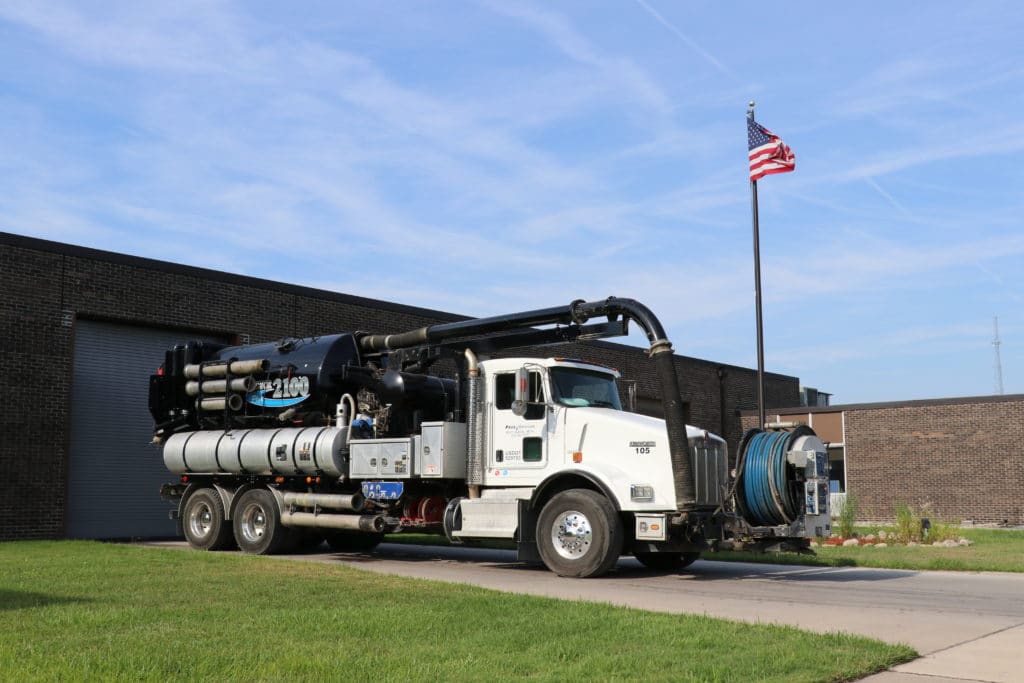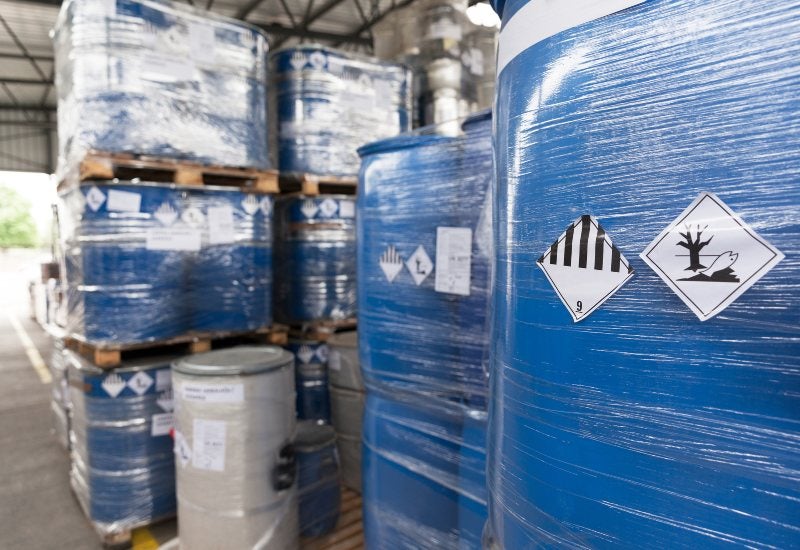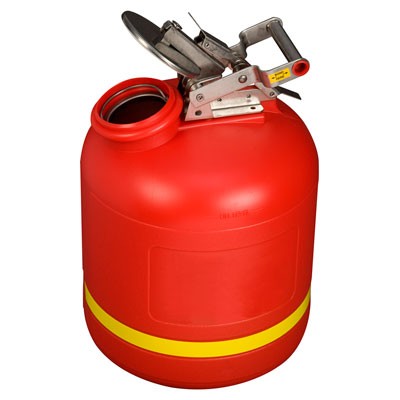Just How Fluid Garbage Disposal Functions: A Comprehensive Introduction of Strategies and Technologies Used

Overview of Liquid Waste Types
The intricacy of liquid waste kinds demands a detailed understanding of their characteristics and effects for disposal. Fluid waste can extensively be classified into a number of kinds, consisting of industrial, local, farming, and dangerous waste. Each category exhibits unique residential properties, needing particular administration strategies to alleviate ecological and wellness dangers.
Industrial fluid waste originates from producing procedures and frequently consists of a series of contaminants, such as hefty steels, solvents, and organic compounds. Community liquid waste, mainly comprising wastewater from houses and business establishments, has organic matter, nutrients, and microorganisms (industrial wastewater treatment). Agricultural fluid waste, consisting of overflow from farms, may include plant foods, pesticides, and animal waste, positioning threats to water top quality and ecological communities
Hazardous liquid waste is identified by its poisoning, reactivity, or possible to trigger damage. Understanding these diverse fluid waste types is critical for developing effective disposal techniques and making sure conformity with ecological laws.
Physical Therapy Approaches

Testing is the preliminary step, where bigger bits and debris are eliminated from the fluid waste utilizing screens or grates. In sedimentation storage tanks, larger bits settle at the bottom, developing a sludge layer, while the made clear liquid can be more dealt with.
Filtering is another important technique that involves passing the fluid via permeable products, such as sand or membrane layers, to record smaller sized bits. This action improves the top quality of the liquid, making it appropriate for subsequent therapy processes.

Chemical Therapy Strategies
Chemical therapy techniques are necessary for efficiently taking care of liquid waste, especially in attending to liquified and colloidal pollutants that physical techniques may not appropriately remove. These strategies utilize numerous chemical agents to counteract, precipitate, or change harmful compounds into much less damaging forms.
One typical approach is coagulation and flocculation, where chemicals such as alum or ferric chloride are included to advertise the aggregation of suspended particles. This procedure boosts sedimentation, allowing for simpler elimination of the resulting sludge. Additionally, oxidation processes, employing agents like chlorine or ozone, are employed to break down complex organic compounds and pathogens, providing the waste safer for discharge or more treatment.
Neutralization is one more critical method, which readjusts the pH of acidic or alkaline waste streams to neutral levels, preventing potential harm to downstream systems and the atmosphere. Additionally, progressed oxidation procedures (AOPs) utilize mixes of oxidants and ultraviolet light to degrade relentless pollutants, attaining a higher degree of treatment performance.
Biological Therapy Processes
Organic therapy procedures play an essential duty in the management of fluid waste by using microbes to break down organic matter and decrease impurity levels. These processes can be extensively categorized right into cardio and anaerobic therapies, each utilizing particular microbial neighborhoods to accomplish effective waste degradation.
Aerobic therapy includes the usage of oxygen to help with the failure of natural materials by bacteria. This procedure is commonly applied in turned on sludge systems, where aeration official statement tanks provide a helpful setting for microbial growth, bring about the oxidation of natural toxins. The resultant biomass can be separated from treated effluent through sedimentation.
On the other hand, anaerobic treatment takes place in the absence of oxygen, depending on different microorganisms to break down raw material. This technique is particularly advantageous for high-strength waste, as it produces biogas, a renewable resource resource, while lowering sludge production. Technologies such as anaerobic digesters are regularly used in community and commercial applications.
Both anaerobic and aerobic biological therapies not just decrease the ecological effect of liquid waste however also promote resource recuperation, making this hyperlink them crucial components of lasting waste administration strategies. Their versatility, efficiency, and efficiency support their extensive implementation throughout different fields.
Emerging Technologies in Disposal
Cutting-edge methods to fluid over here garbage disposal are quickly evolving, driven by improvements in technology and a raising emphasis on sustainability. Among these emerging innovations, membrane layer bioreactors (MBRs) have actually gained traction for their capability to integrate organic therapy with membrane layer purification, leading to high-grade effluent that can be reused in numerous applications. MBRs allow smaller footprints and a lot more effective operations contrasted to traditional systems.
Another promising growth is using anaerobic digestion integrated with nutrient healing technologies, which not only deals with fluid waste but also creates biogas and recuperates valuable nutrients like nitrogen and phosphorus. This double benefit enhances resource effectiveness and lowers ecological effect.
In addition, advanced oxidation procedures (AOPs) are being adopted for the degradation of intricate natural pollutants. These techniques utilize effective oxidants and drivers to break down contaminants at the molecular degree, offering an extremely effective option for tough waste streams.
Additionally, the combination of expert system and machine learning in waste management systems is optimizing functional effectiveness and predictive upkeep, resulting in lowered costs and improved ecological conformity. These modern technologies mirror a considerable change towards even more efficient and lasting fluid garbage disposal methods.
Verdict
In verdict, effective fluid garbage disposal requires a detailed understanding of different strategies and modern technologies. The integration of physical, chemical, and organic treatment techniques guarantees the reliable monitoring of diverse waste kinds. Moreover, the development of ingenious technologies enhances therapy effectiveness and promotes sustainability in waste management practices. By continually progressing these approaches, it ends up being feasible to address the growing challenges connected with fluid waste, inevitably adding to environmental management and resource healing.
Fluid waste disposal is an important facet of environmental administration, requiring a detailed understanding of numerous methods and modern technologies customized to different waste types. Fluid waste can extensively be classified right into numerous kinds, including commercial, municipal, agricultural, and hazardous waste. Agricultural liquid waste, including overflow from ranches, might have fertilizers, chemicals, and pet waste, presenting risks to water high quality and communities.
Different physical treatment methods play an important duty in taking care of fluid waste properly - industrial wastewater treatment.In final thought, efficient liquid waste disposal requires a detailed understanding of various techniques and innovations
Comments on “Cutting-edge Industrial Wastewater Treatment Solutions: Safeguarding the Environment”